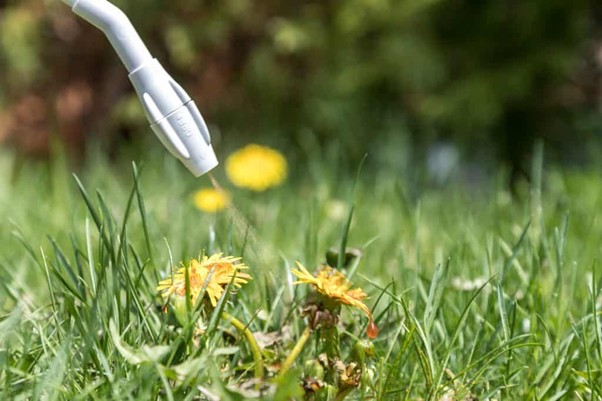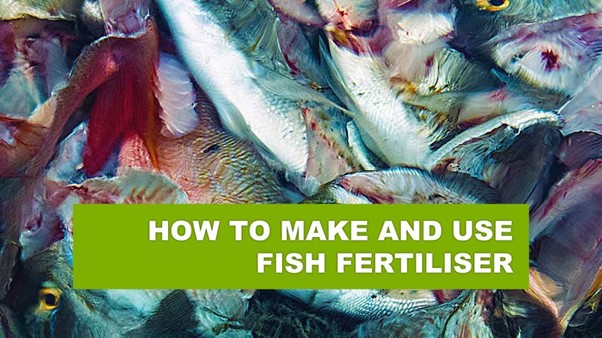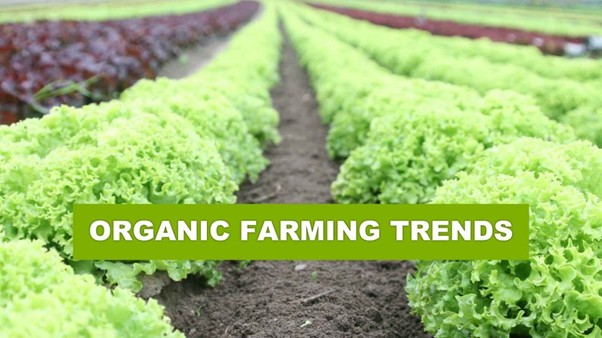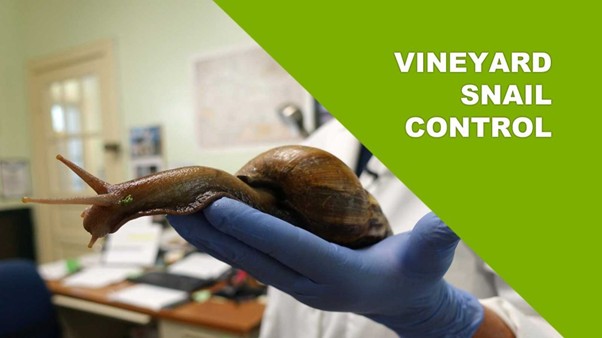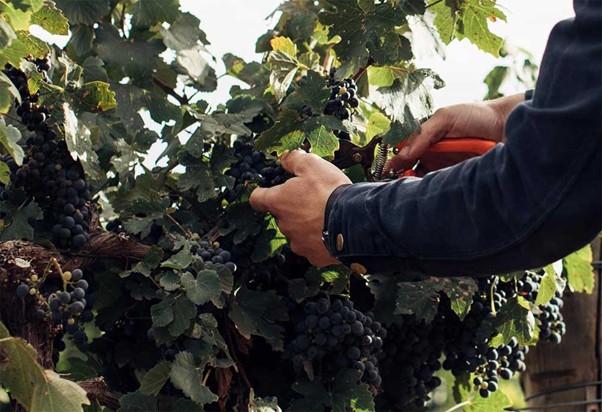Weeds are big problem for all gardens. Gardeners know very well how difficult to keep weed under control. Weeds grows so quickly that they can completely drown out all other crops. Manual treatment takes a very long time. Also, such procedures have only a short-term...
